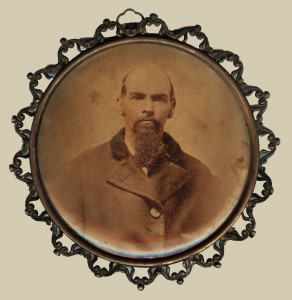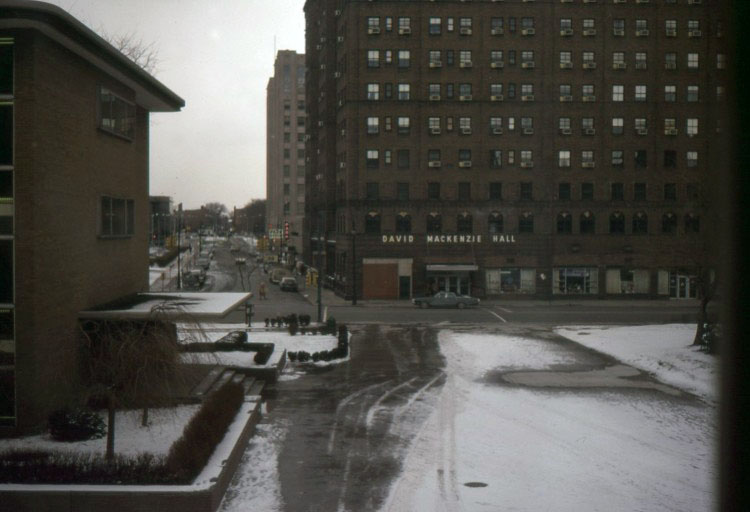
My sister Pearl’s version:
okay. i know you always deny saying this, but here’s how i remember it.
you said somebody who worked with you in the wayne cafeteria said you have to meet this guy. I think you two would really hit it off and you said cool and then on a subsequent day, the person said there he is and he was at the top of one of those school building stairways and you said — i swear you said this to me because at the time i thought “woah! she’s got it bad!!!” — you said the first time you saw him “it was like he had a glow around his head or something.” i stole that for the “in the time before the men came piece” when the lil’ amazon says almost those exact words…
amazing that i remember this so clearly, have even told it to people, and it doesn’t ring a bell at all. I don’t know why. maybe the glow had to do with memory erasure and he erased it from your mind so you wouldn’t know he was from another planet or something… who knows? all i know is, if i dreamed it, it was an amazing dream. ….
My Version.
What really happened…includes the cafeteria, the actual meeting and a stairway. No glow.
The first time I saw Jim, I was working in the Wayne State University cafeteria, behind the food counter. A woman who worked with me, who wasn’t a student but a regular employee, said her boyfriend was coming through the line and she always gave him free food. It was Jim who came through and got his free food and didn’t make any impression on me to speak of. I didn’t think about him again until I met him later. This must have been the winter of 1966 or the fall.
The Northern high students walked out in the spring of 1966. Northwestern high organized a supporting boycott and my sister Pearl was the head of it. I used to study in the main library’s sociology room. As I was leaving to go to my next class, a guy came up and asked if I was Rev. Cleage’s daughter. I said I was. He asked if I was leading the Northwestern boycott and I said no, that was my sister. We made arrangements to meet after my class on the picket line in front of the Board of Education Building. We did and later sat around for several hours talking in the ‘corner’ at the cafeteria in Mackenzie Hall. I felt very comfortable with him, which I usually didn’t do with people I just met. He tried to convince me to join a sorority and convert the girls to revolution. There wasn’t a chance I was going to do that. He also told me that he was “nice”. I asked if he meant as in some people were revolutionaries and he was “nice”. He said yes, that’s what he meant. We saw each other almost everyday after that.
One day during the fall of 1967, I was going to a creative writing workshop that was on the third floor of State Hall. The stairway had ceiling to floor windows and I saw him, Jim, walking down the sidewalk across Cass Ave., in front of the library. Before I knew what I was doing, I was down the stairs and on my way out the door when I realized I needed to go to class and went back up the stairs.
That’s what really happened.
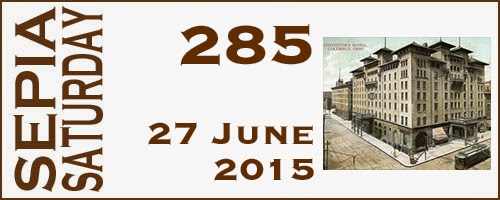
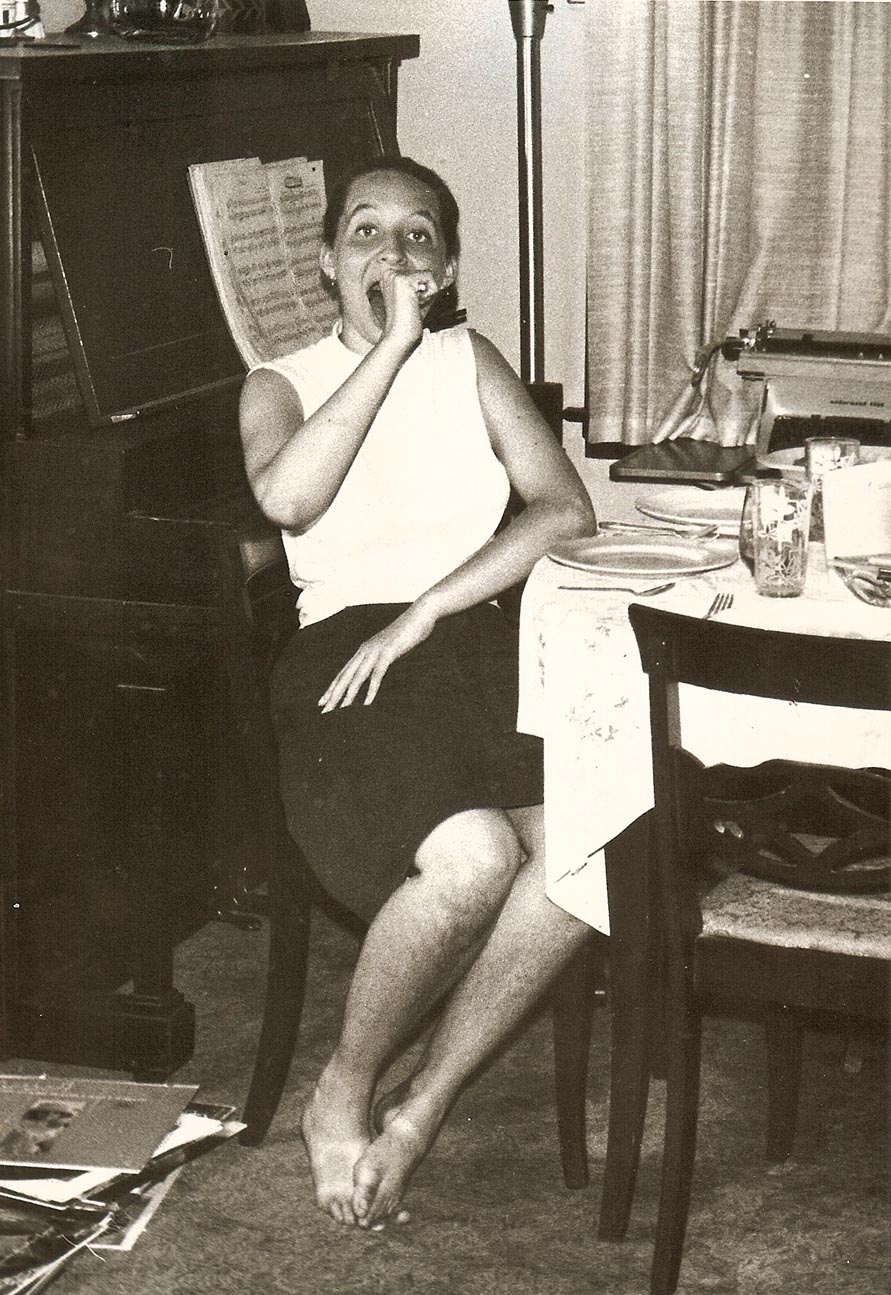

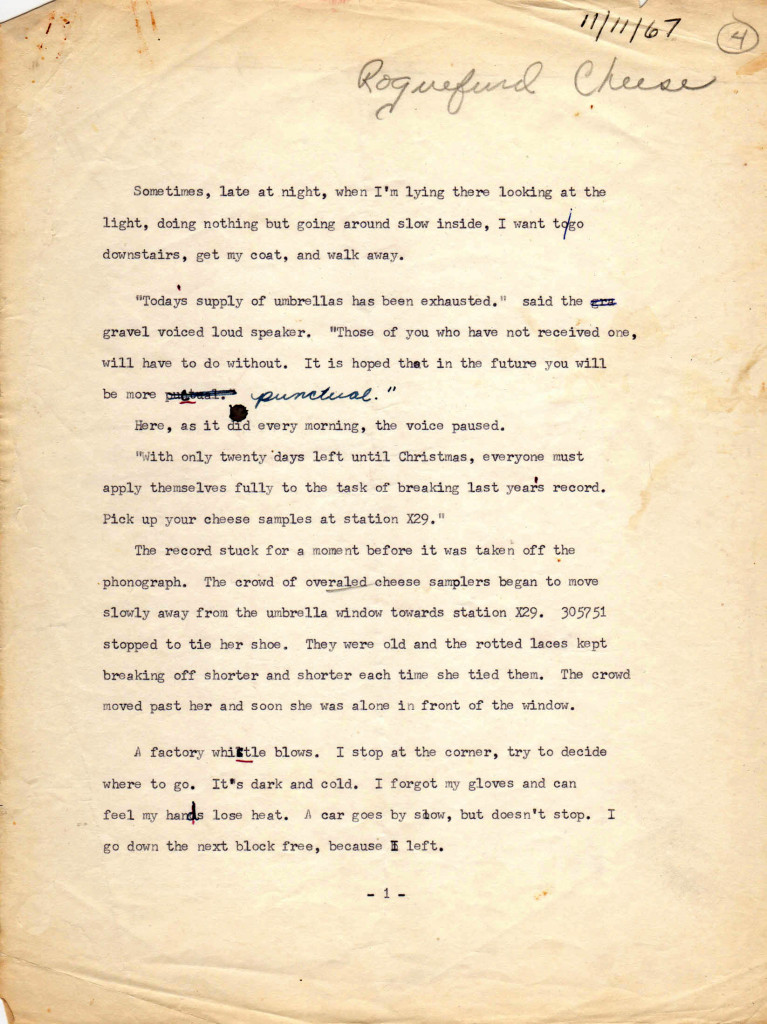
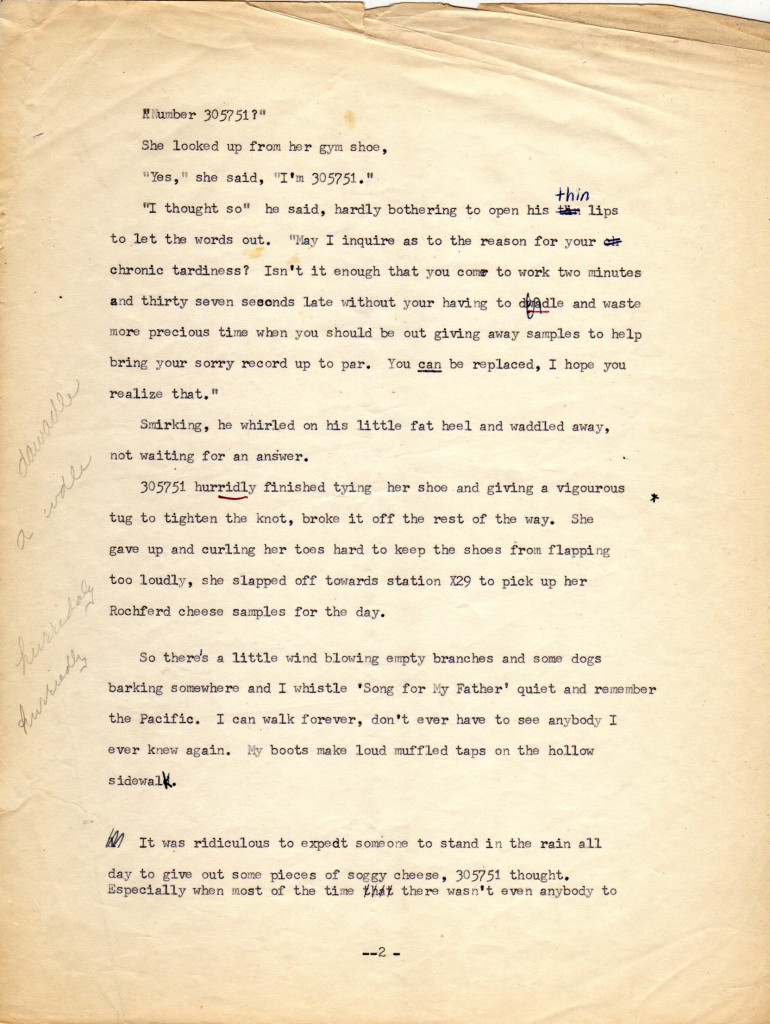
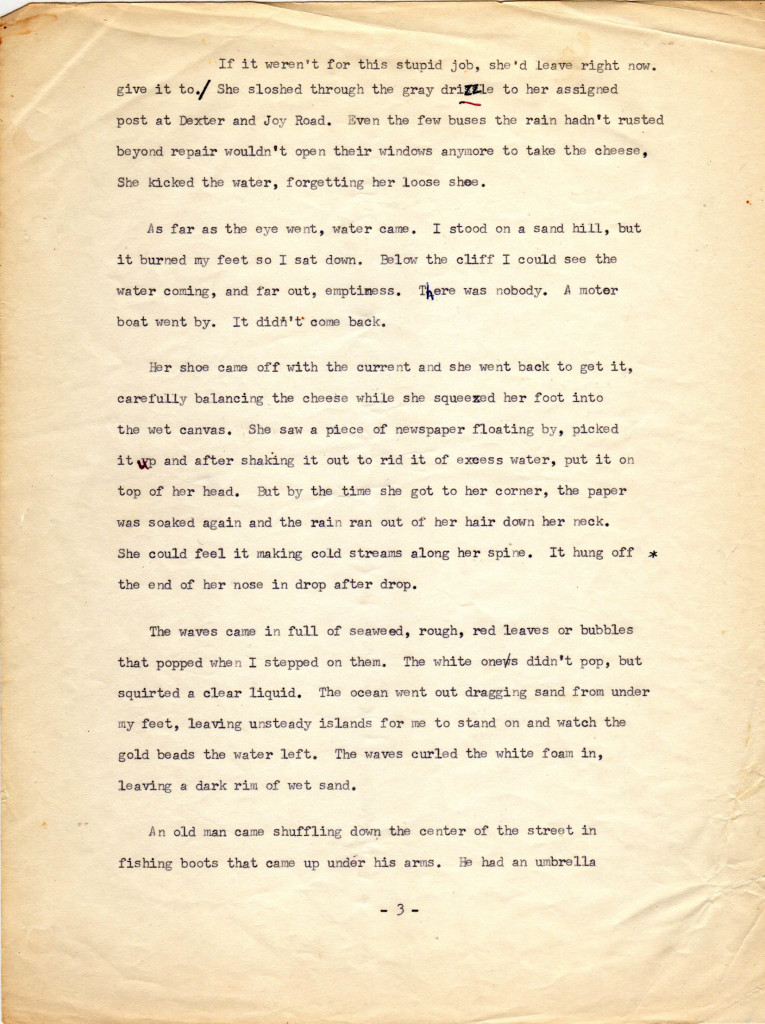
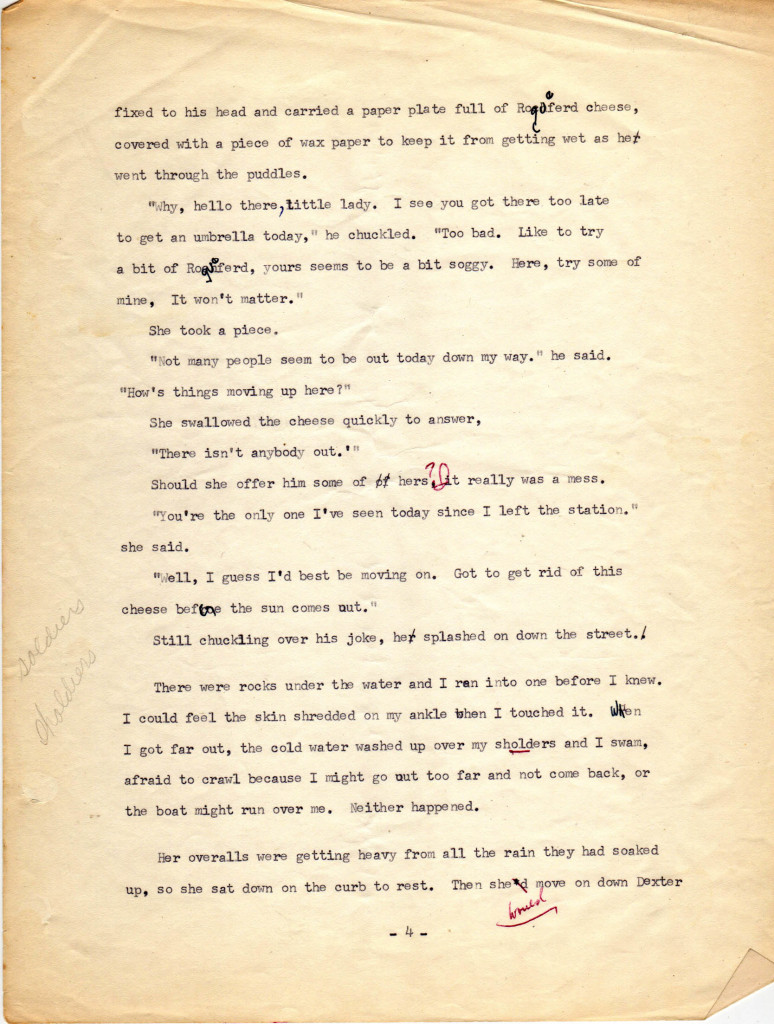
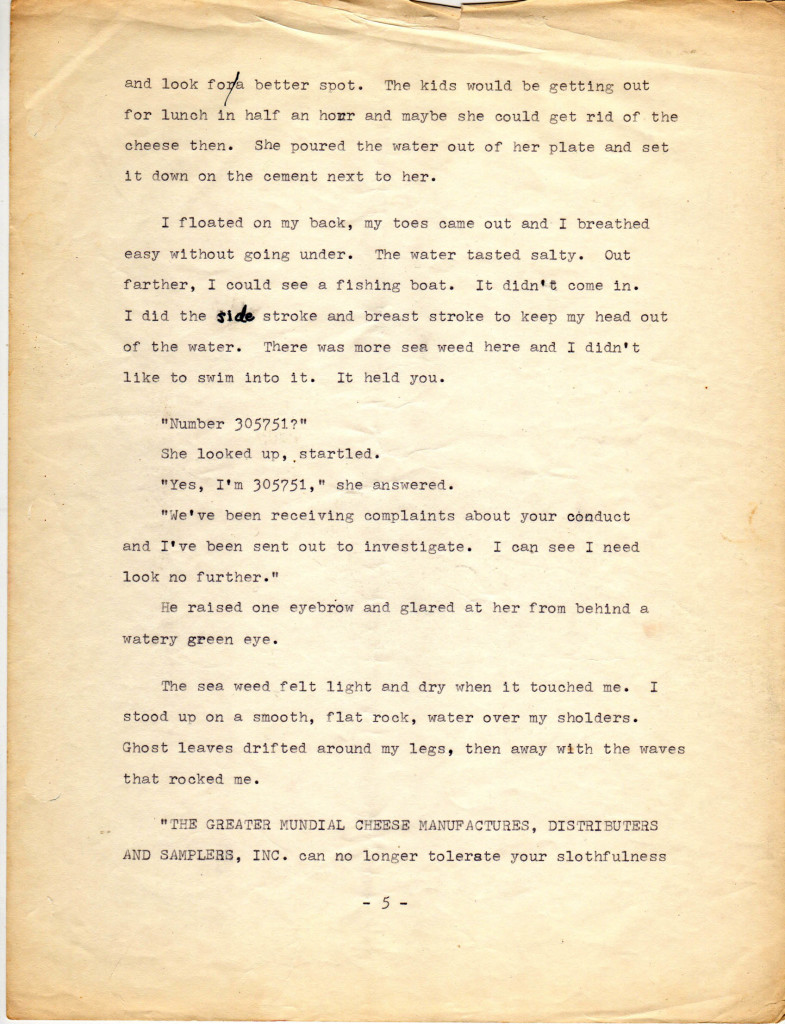
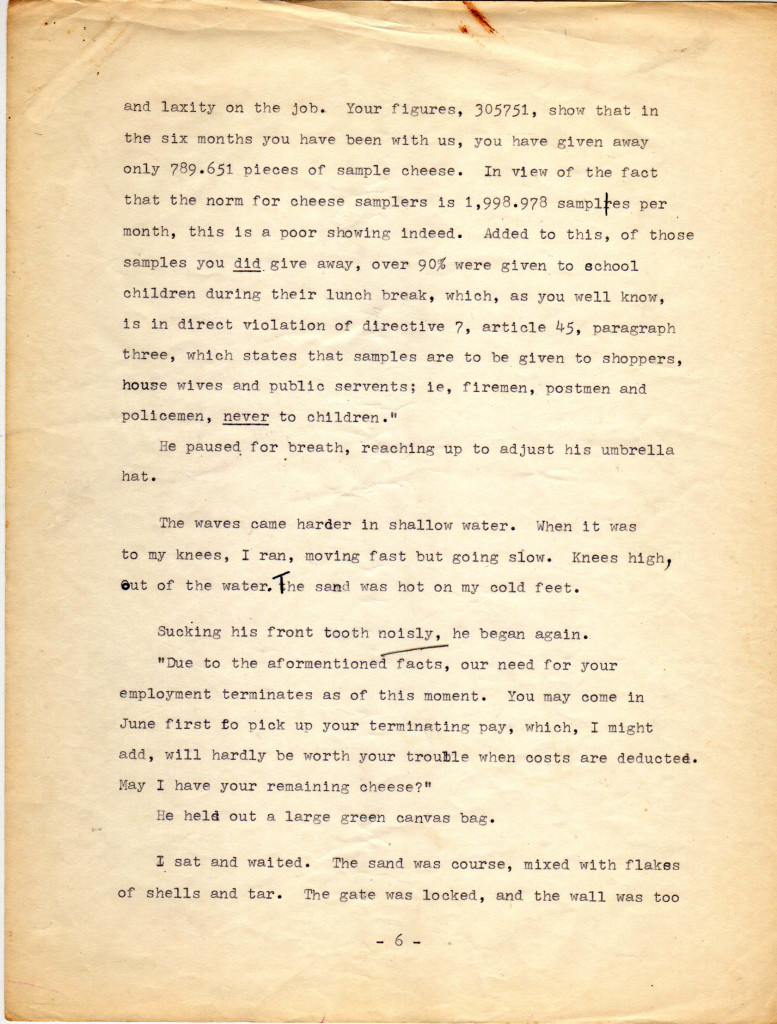
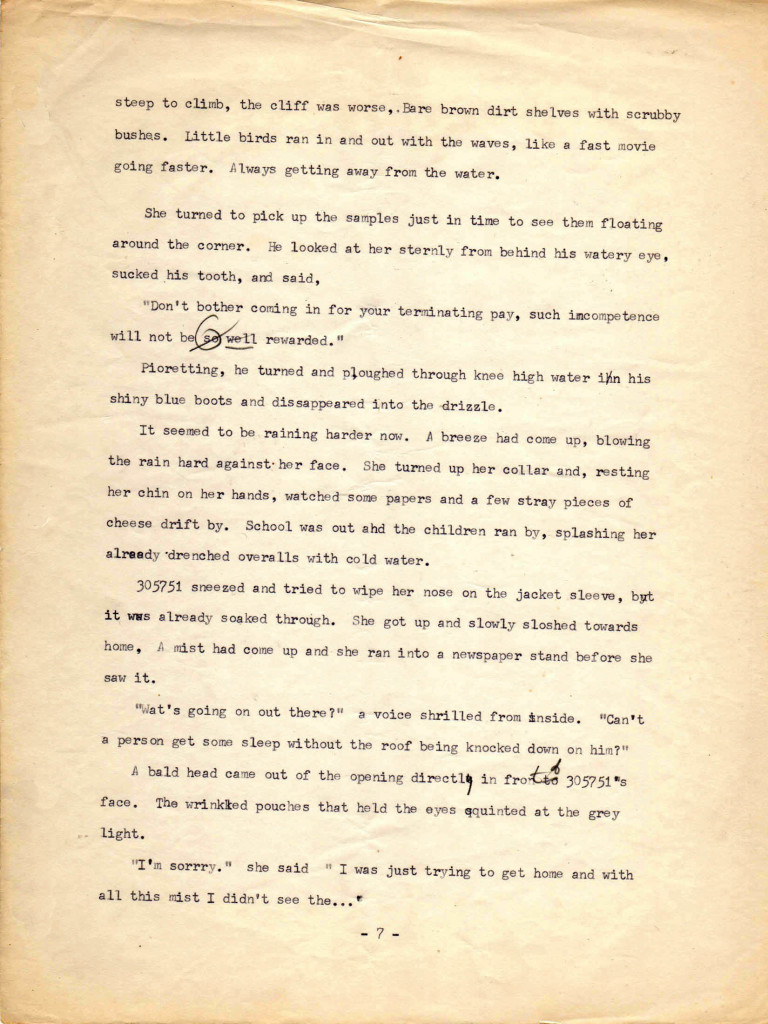
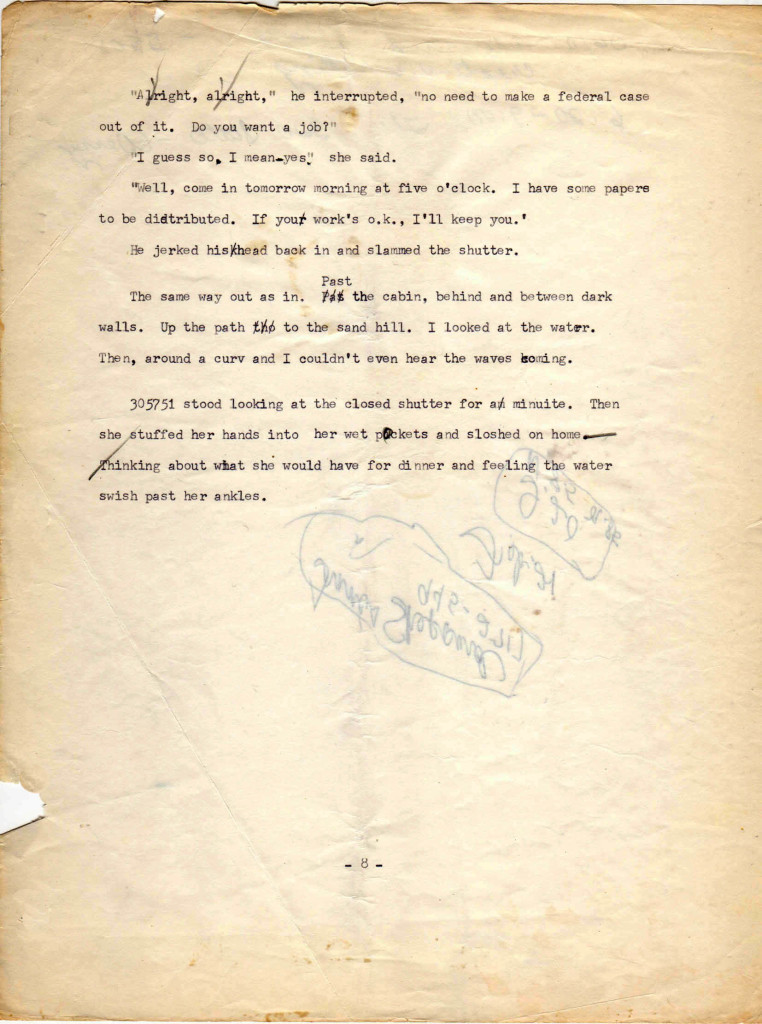

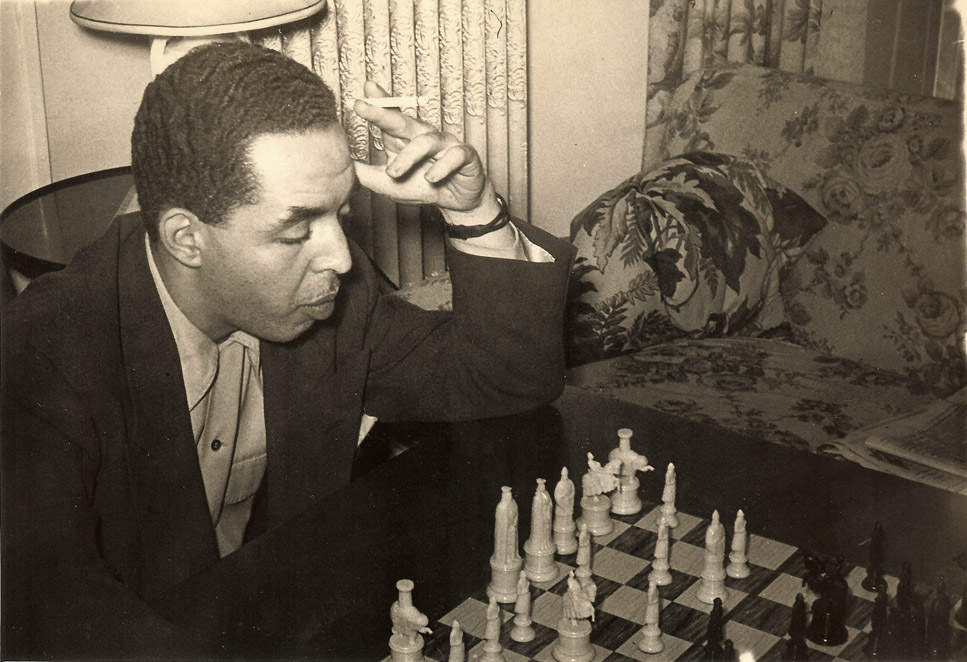

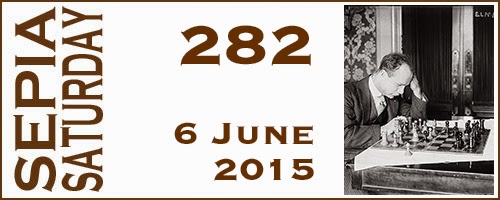

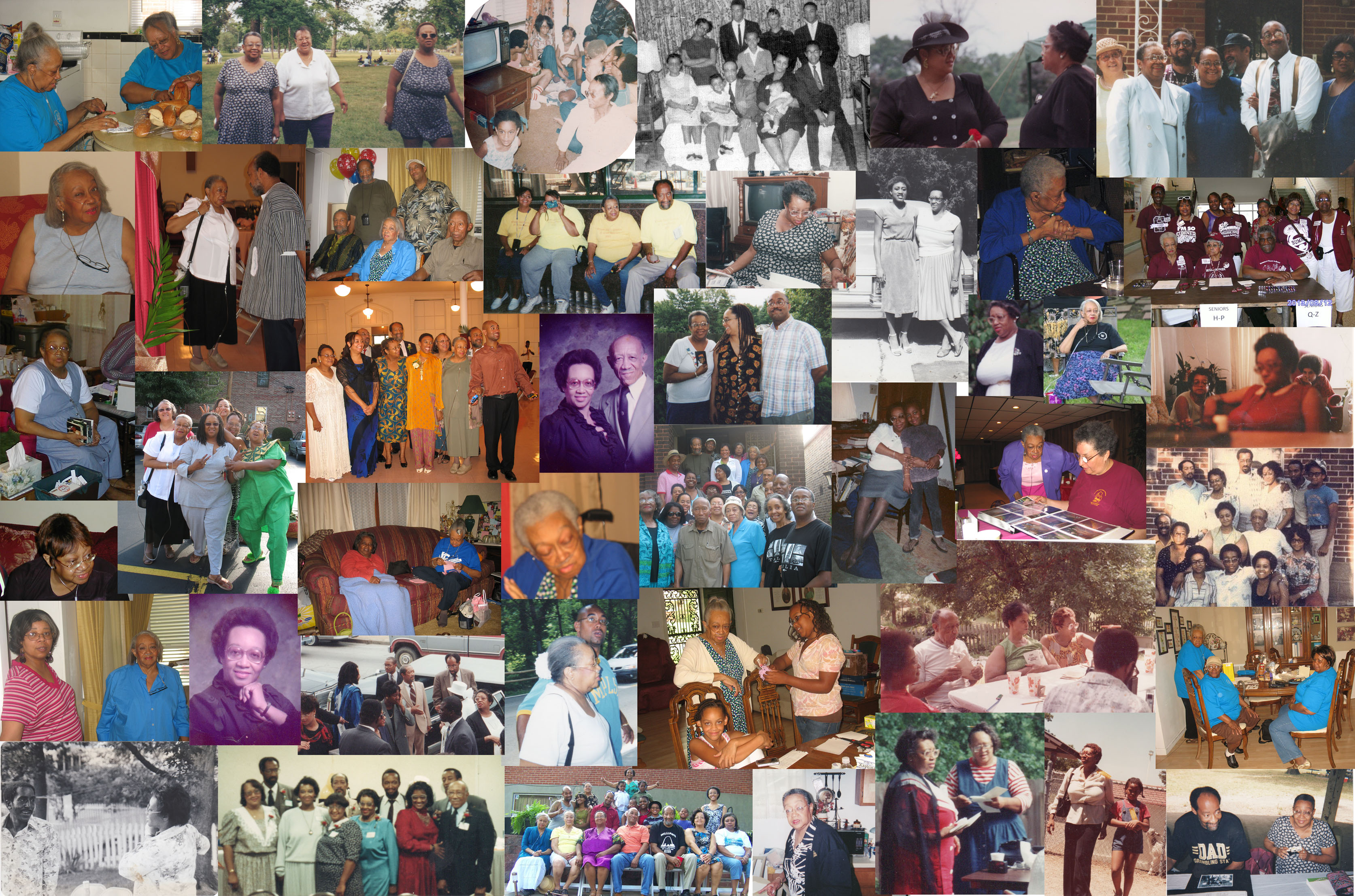
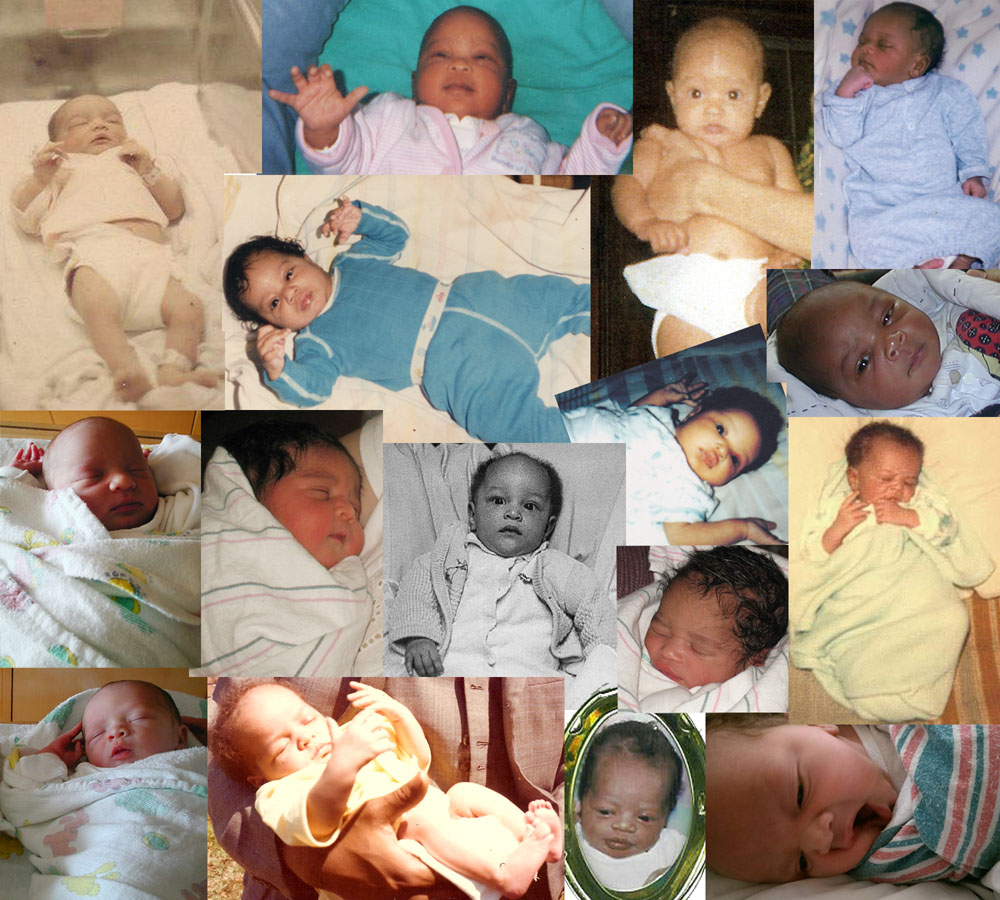
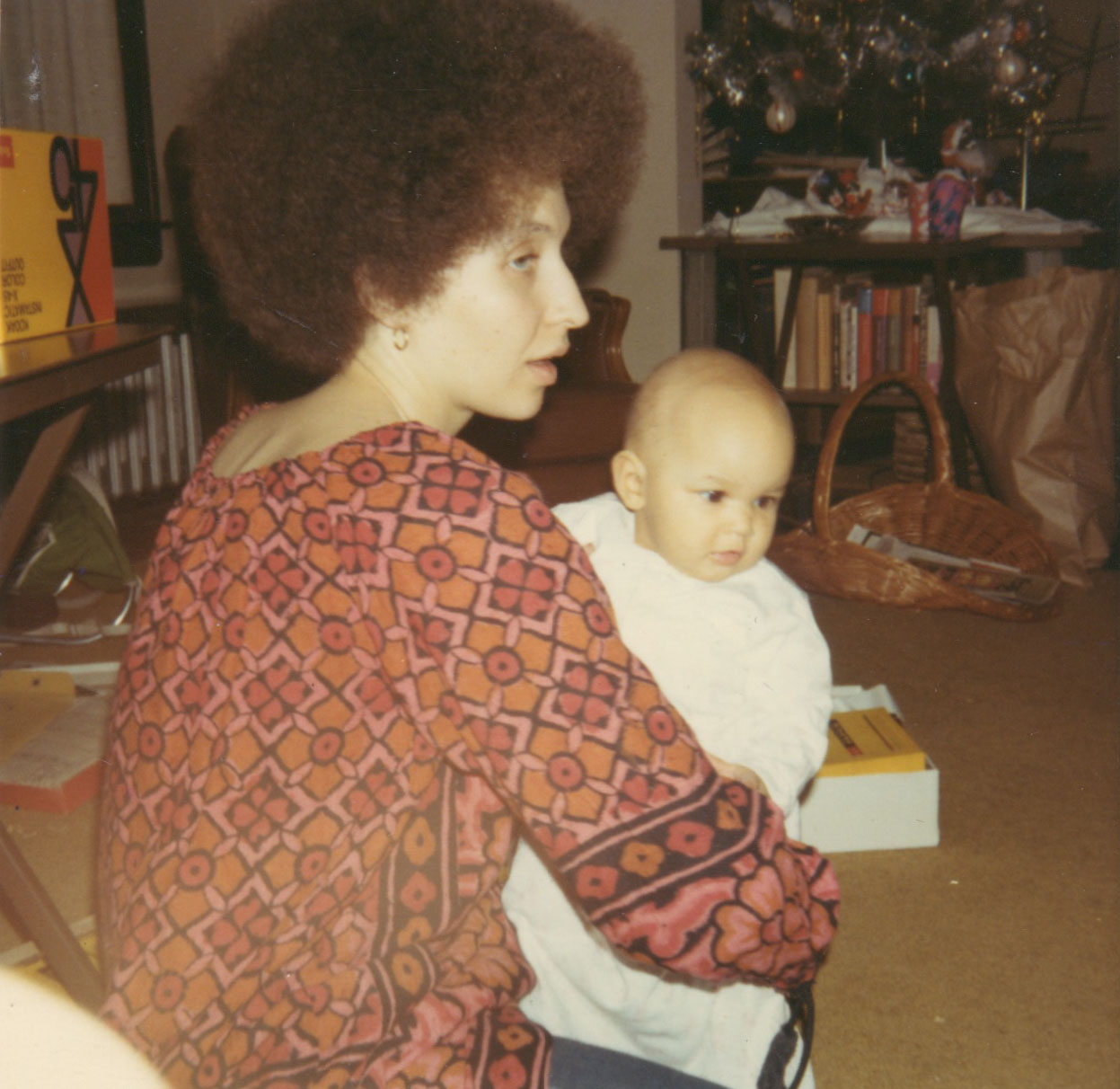
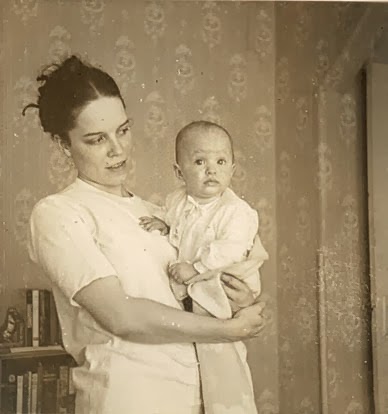
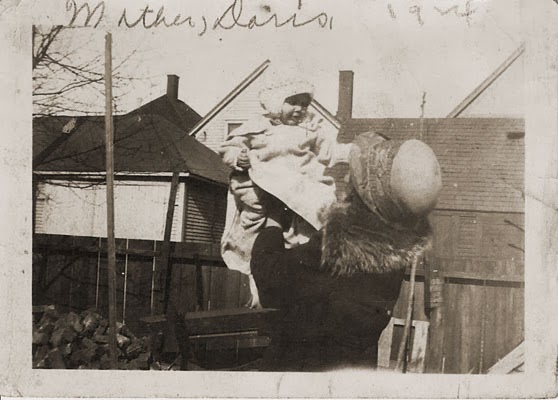
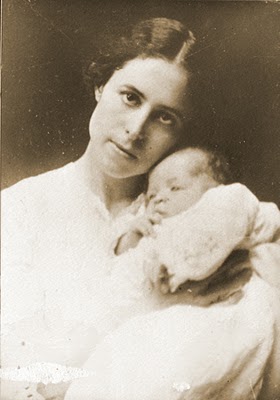
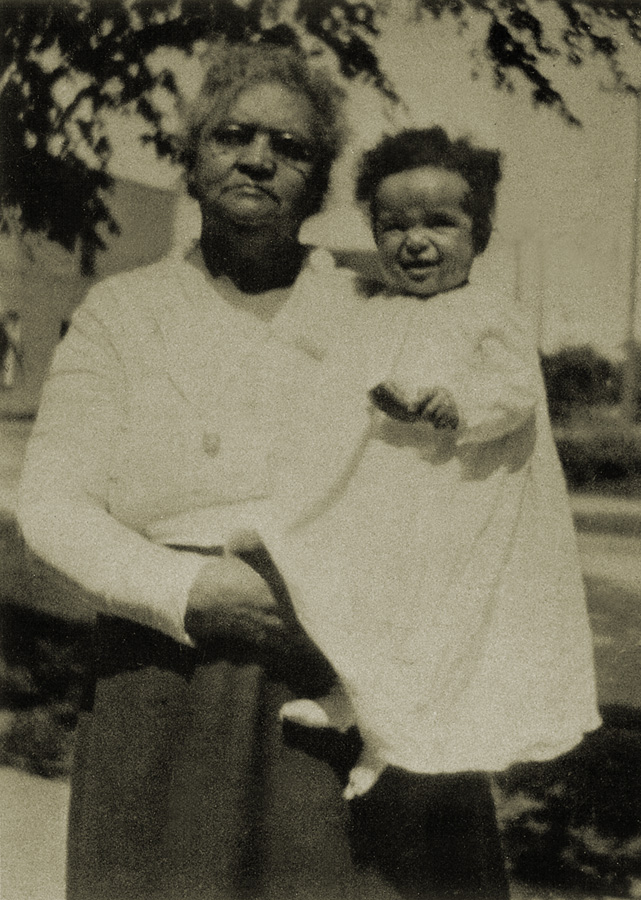

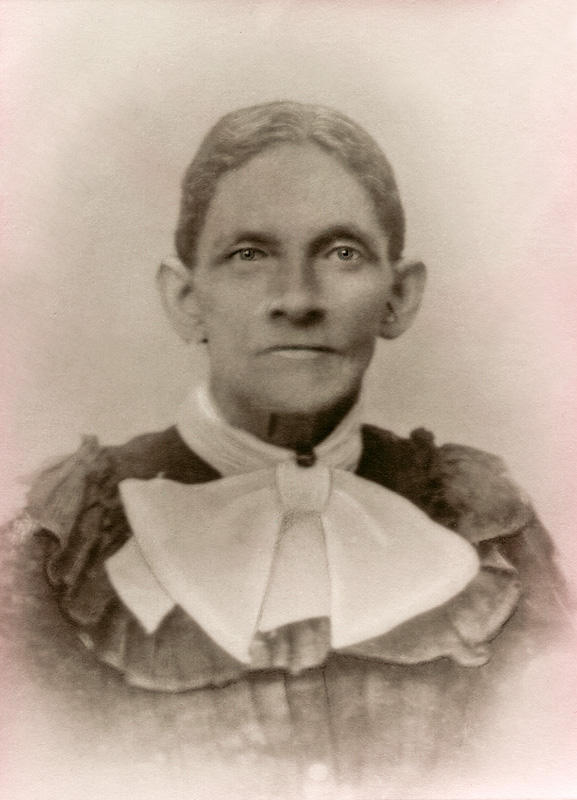

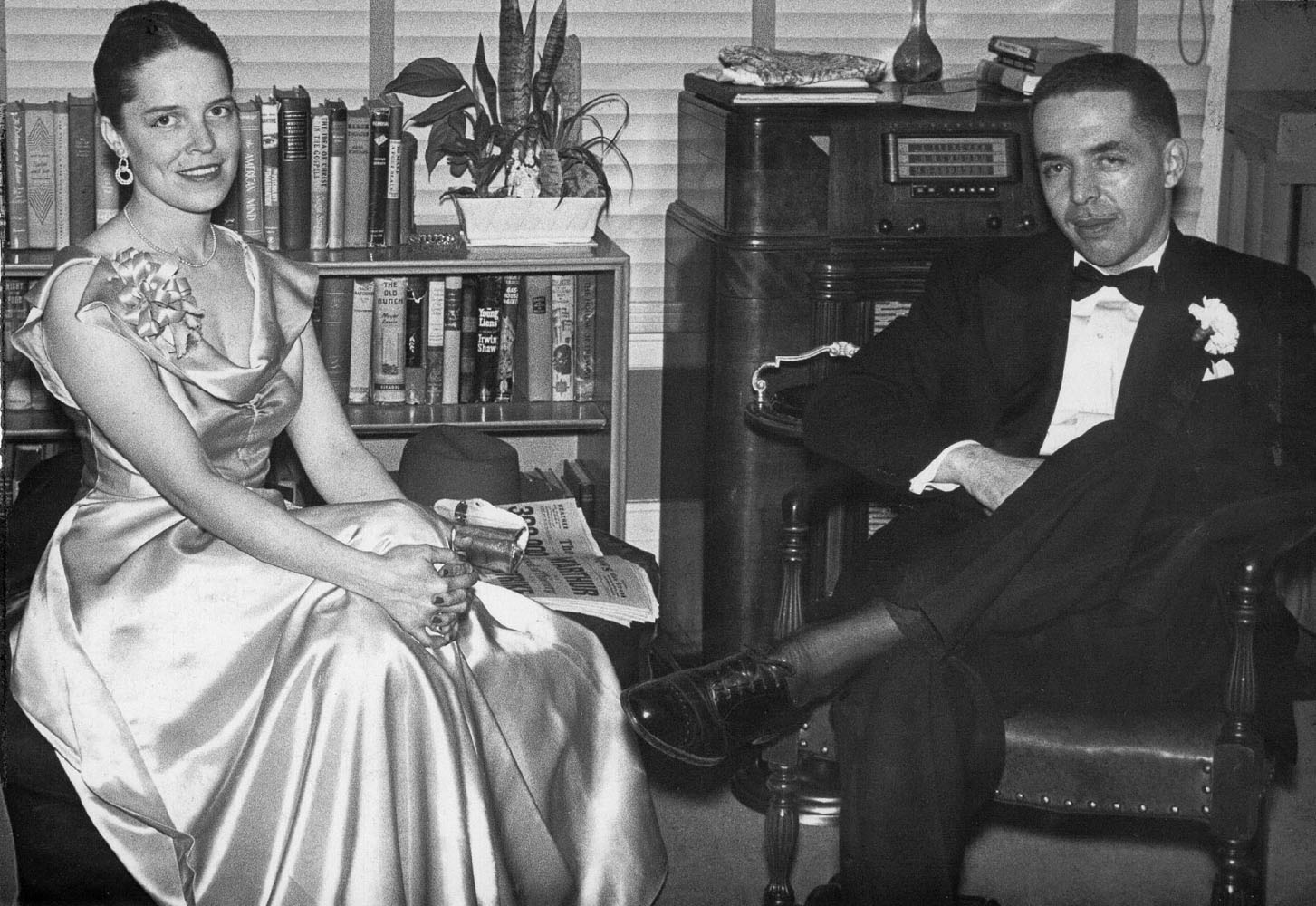
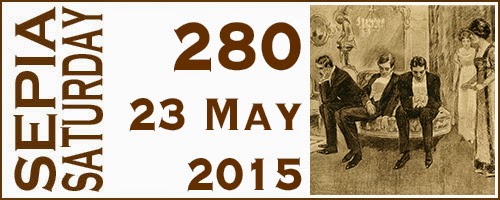




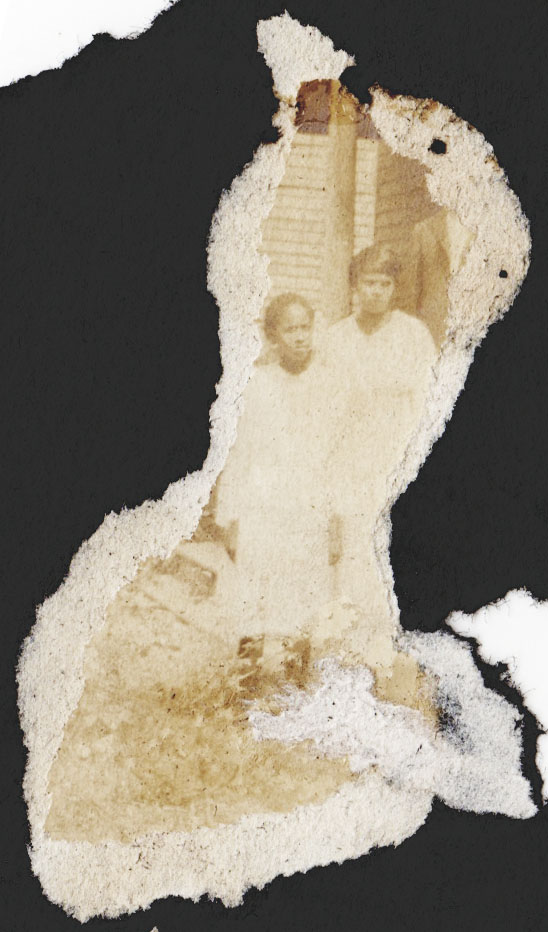
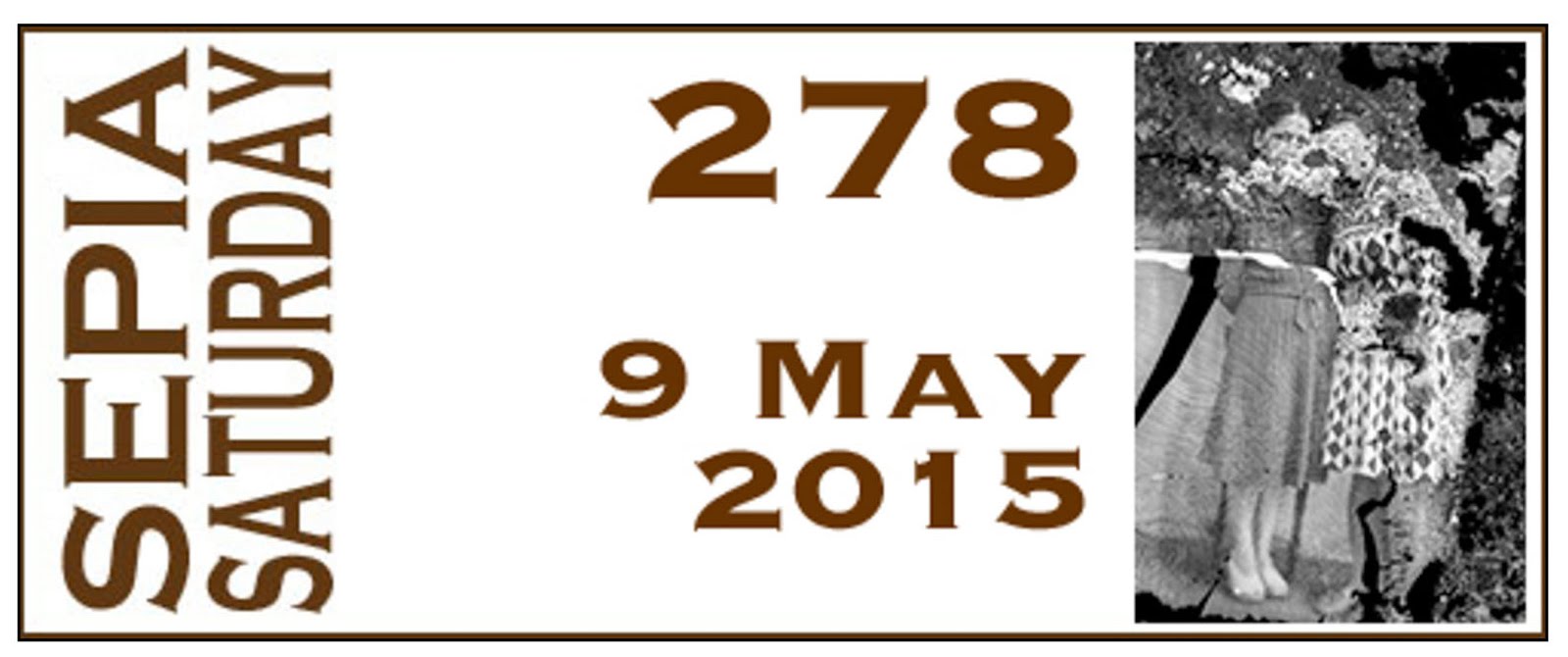

![A-to-Z+Reflection+[2015]+-+Lg](https://findingeliza.com/wp-content/uploads/2015/05/A-to-Z-Reflection-2015-Lg-300x143.jpg)

